Zongyue Wang
Depth Matters: Exploring Deep Interactions of RGB-D for Semantic Segmentation in Traffic Scenes
Sep 12, 2024



Abstract:RGB-D has gradually become a crucial data source for understanding complex scenes in assisted driving. However, existing studies have paid insufficient attention to the intrinsic spatial properties of depth maps. This oversight significantly impacts the attention representation, leading to prediction errors caused by attention shift issues. To this end, we propose a novel learnable Depth interaction Pyramid Transformer (DiPFormer) to explore the effectiveness of depth. Firstly, we introduce Depth Spatial-Aware Optimization (Depth SAO) as offset to represent real-world spatial relationships. Secondly, the similarity in the feature space of RGB-D is learned by Depth Linear Cross-Attention (Depth LCA) to clarify spatial differences at the pixel level. Finally, an MLP Decoder is utilized to effectively fuse multi-scale features for meeting real-time requirements. Comprehensive experiments demonstrate that the proposed DiPFormer significantly addresses the issue of attention misalignment in both road detection (+7.5%) and semantic segmentation (+4.9% / +1.5%) tasks. DiPFormer achieves state-of-the-art performance on the KITTI (97.57% F-score on KITTI road and 68.74% mIoU on KITTI-360) and Cityscapes (83.4% mIoU) datasets.
A Comprehensive Survey on Deep Learning Techniques in Educational Data Mining
Sep 09, 2023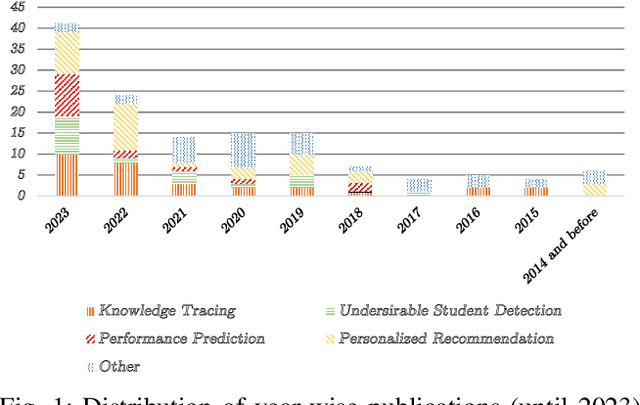
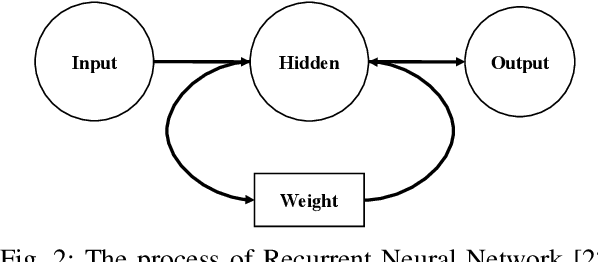
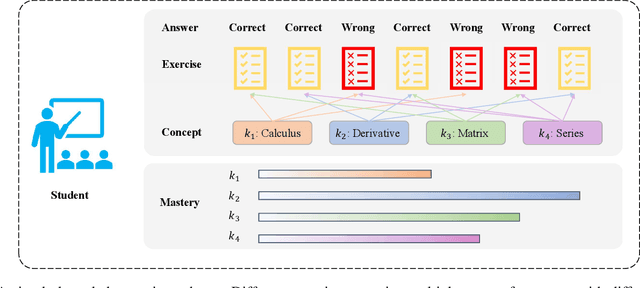
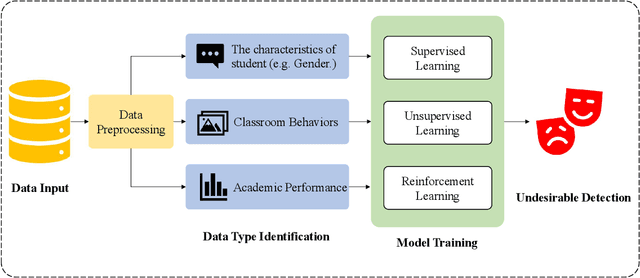
Abstract:Educational Data Mining (EDM) has emerged as a vital field of research, which harnesses the power of computational techniques to analyze educational data. With the increasing complexity and diversity of educational data, Deep Learning techniques have shown significant advantages in addressing the challenges associated with analyzing and modeling this data. This survey aims to systematically review the state-of-the-art in EDM with Deep Learning. We begin by providing a brief introduction to EDM and Deep Learning, highlighting their relevance in the context of modern education. Next, we present a detailed review of Deep Learning techniques applied in four typical educational scenarios, including knowledge tracing, undesirable student detecting, performance prediction, and personalized recommendation. Furthermore, a comprehensive overview of public datasets and processing tools for EDM is provided. Finally, we point out emerging trends and future directions in this research area.
SCNet: A Neural Network for Automated Side-Channel Attack
Aug 02, 2020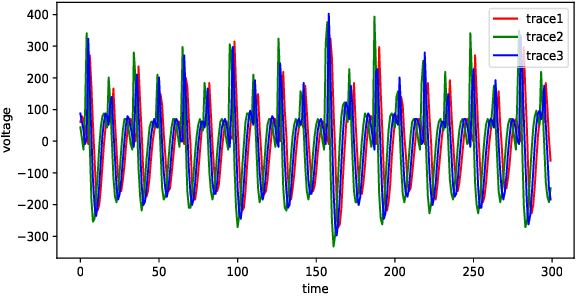

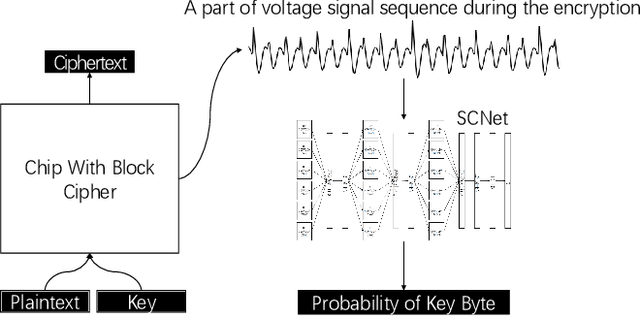

Abstract:The side-channel attack is an attack method based on the information gained about implementations of computer systems, rather than weaknesses in algorithms. Information about system characteristics such as power consumption, electromagnetic leaks and sound can be exploited by the side-channel attack to compromise the system. Much research effort has been directed towards this field. However, such an attack still requires strong skills, thus can only be performed effectively by experts. Here, we propose SCNet, which automatically performs side-channel attacks. And we also design this network combining with side-channel domain knowledge and different deep learning model to improve the performance and better to explain the result. The results show that our model achieves good performance with fewer parameters. The proposed model is a useful tool for automatically testing the robustness of computer systems.
Fast Regularity-Constrained Plane Reconstruction
May 20, 2019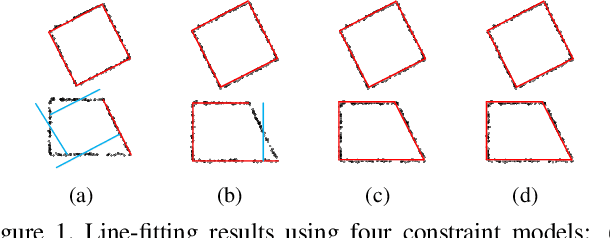

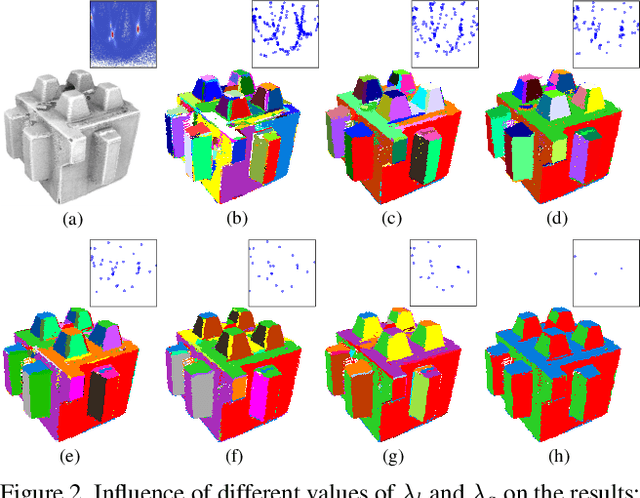
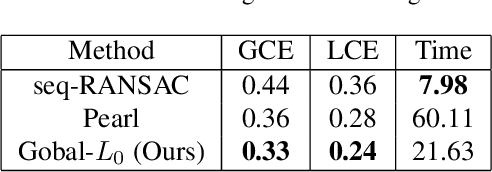
Abstract:Man-made environments typically comprise planar structures that exhibit numerous geometric relationships, such as parallelism, coplanarity, and orthogonality. Making full use of these relationships can considerably improve the robustness of algorithmic plane reconstruction of complex scenes. This research leverages a constraint model requiring minimal prior knowledge to implicitly establish relationships among planes. We introduce a method based on energy minimization to reconstruct the planes consistent with our constraint model. The proposed algorithm is efficient, easily to understand, and simple to implement. The experimental results show that our algorithm successfully reconstructs planes under high percentages of noise and outliers. This is superior to other state-of-the-art regularity-constrained plane reconstruction methods in terms of speed and robustness.
 Add to Chrome
Add to Chrome Add to Firefox
Add to Firefox Add to Edge
Add to Edge